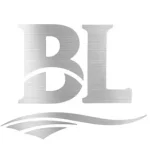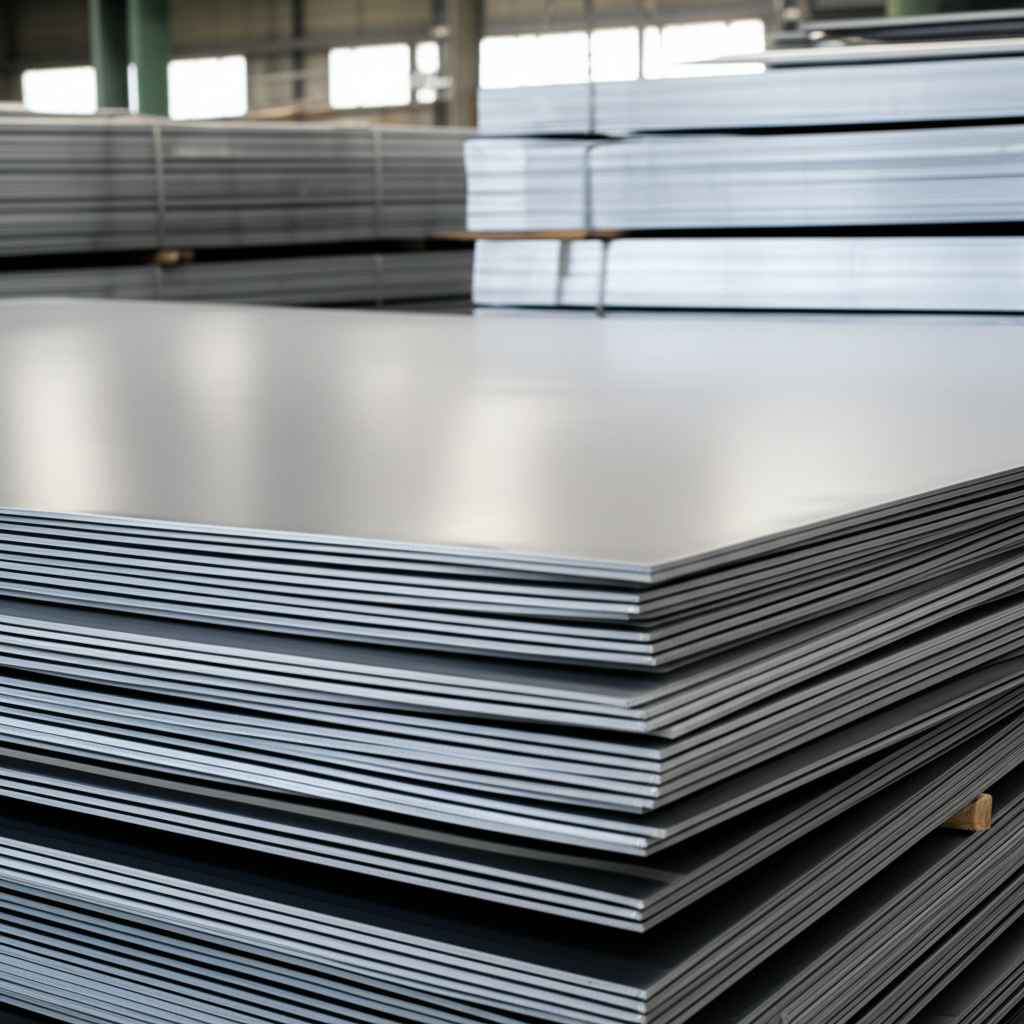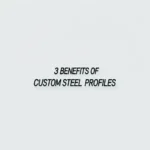When sourcing carbon steel plates for construction projects, buyers must balance technical specifications, cost-efficiency, and long-term performance. This guide provides a comprehensive framework to navigate the selection process while addressing critical factors from material properties to supply chain logistics.


Understanding Carbon Steel Grades
Carbon steel plates are categorized by their chemical composition and mechanical properties. Key standards include:
– ASTM A36: The most common structural grade (yield strength: 250 MPa, tensile strength: 400–550 MPa). Ideal for general construction, bridges, and buildings.
– ASTM A572 (Grade 50): High-strength low-alloy (HSLA) steel (yield strength: 345 MPa) for load-bearing structures, offering 20% weight savings over A36.
– ASTM A516 (Grades 55–70): Pressure vessel quality plates with excellent notch toughness, used in heavy machinery and storage tanks.
– EN 10025 S355JR/J2: European standard equivalent to A572, with guaranteed impact resistance at -20°C.
Pro Tip: For seismic zones, prioritize grades with Charpy V-notch (CVN) impact test certifications (e.g., ASTM A673) to ensure ductility.
Critical Technical Parameters
-
Thickness Tolerance
- Standard tolerance: ±0.1mm to ±1mm depending on plate thickness (e.g., ±0.5mm for 20mm plates per ASTM A6).
- Critical for precision welding in prefabricated modules.
-
Surface Condition
- Mill Scale: Acceptable for temporary structures but requires removal before coating.
- Shot-Blasted: Prepares surfaces for anti-corrosion treatments (Sa 2.5/Sa 3 per ISO 8501).
- Galvanized: Adds 50–150μm zinc coating for outdoor applications.
-
Flatness & Dimensional Accuracy
- ASTM A6 permits a maximum deviation of 3mm/m² for plates <20mm thick.
- Use laser-scanned plates (tolerance ±1mm) for automated assembly lines.
-
Corrosion Resistance
- Weathering Steel (ASTM A588): Forms protective rust layer, eliminating need for paint in rural/urban environments.
- Corten B: 15% longer service life in marine climates vs. standard carbon steel.
Procurement Checklist
- Certifications: Demand mill test reports (MTRs) with chemical analysis (C, Mn, P, S content) and mechanical properties.
- Testing Requirements:
- Ultrasonic testing (UT) for plates >12mm (per ASTM A435).
- Dimensional verification via coordinate measuring machines (CMM).
- Supply Chain Factors:
- Lead Time: Standard plates (1–2 weeks) vs. custom grades (6–8 weeks).
- MOQ: 5–10 tons for standard sizes; 50+ tons for specialty alloys.
- Logistics: Opt for suppliers with JIT (Just-in-Time) delivery to reduce inventory costs.
Cost Optimization Strategies
- Bulk Discounts: 5–15% savings on orders >50 tons.
- Alternative Grades: Substituting S355JR (EN 10025) for A572 Grade 50 can reduce costs by 8% with equivalent performance.
- Value Engineering: Use 50mm plates instead of 60mm in non-critical zones (saves 16.7% material cost).
Emerging Trends
- Smart Plates: Embedded IoT sensors monitor stress and corrosion in real-time.
- Green Steel: Suppliers using EAF (Electric Arc Furnace) processes reduce CO₂ emissions by 75% vs. traditional methods.
Case Study: High-Rise Construction
A 40-story building in Dubai specified ASTM A572 Grade 60 plates (yield strength: 415 MPa) for its core columns. By combining:
– Shot-blasted surfaces (Sa 2.5) for epoxy coating adhesion
– UT-certified 40mm plates
– JIT delivery from a regional supplier
The project achieved 12% cost savings and accelerated construction by 3 weeks.
For buyers seeking tailored solutions, Baoli Steel (China) offers custom carbon steel plates with:
– Grades: From A36 to Q690D (high-strength structural steel)
– Dimensions:
Sourcing Carbon Steel Plates for Construction: A Buyer’s Guide — This article provides a practical buyer‑focused overview with specifications, selection tips, and on‑site considerations. Explore related topics: blog.
Key Specifications and Standards
- Standards: ASTM / EN / JIS (e.g., ASTM A240/A36, EN 10088/10025, JIS G4304/G3131).
- Surface options: 2B, BA, No.4, HL, mirror; galvanized (electro / hot‑dip).
- Processing: hot‑rolled, cold‑rolled, annealed & pickled, welded or seamless.
- Typical services: slitting, shearing, cut‑to‑length, drilling, beveling, deburring.
- Documentation: MTC, CO, packing list with net/gross weight and heat numbers.
Typical Applications
Construction, machinery, automotive, energy, enclosures and fencing, food equipment (for stainless), and general fabrication. Match grade and finish to corrosion, strength, and appearance requirements.
Selection Guide
- Use certified material with Mill Test Certificate (MTC).
- Confirm standards (ASTM/EN/JIS) and tolerances per drawing.
- Match surface finish to application (2B/BA/No.4/galvanized).
- Specify dimensions and acceptable deviation upfront.
- Plan packaging and corrosion protection for transit.
Processing, Packaging and Logistics
We adopt edge protection, waterproof wrapping, rust‑inhibiting paper, fumigated pallets, and strapping suitable for sea freight. Loading photos and weight lists are provided for each shipment.
FAQs
Q: What lead time can I expect?
A: Typically 7–15 days ex‑works for standard sizes; custom processing may extend the schedule.
Q: Can you provide cut‑to‑size service?
A: Yes. We slit, shear, cut, drill, bevel and deburr to drawing to reduce waste and speed installation.
Q: How do you ensure quality?
A: Incoming inspection, process control, and final inspection with traceable heat numbers; third‑party inspection is available.
Q: Do you support small trial orders?
A: We support pilot quantities with consolidated shipping to control cost.
All values are typical and for guidance only; confirm with the datasheet and purchase order before production.
Related products: view details.
Related products: view details.





